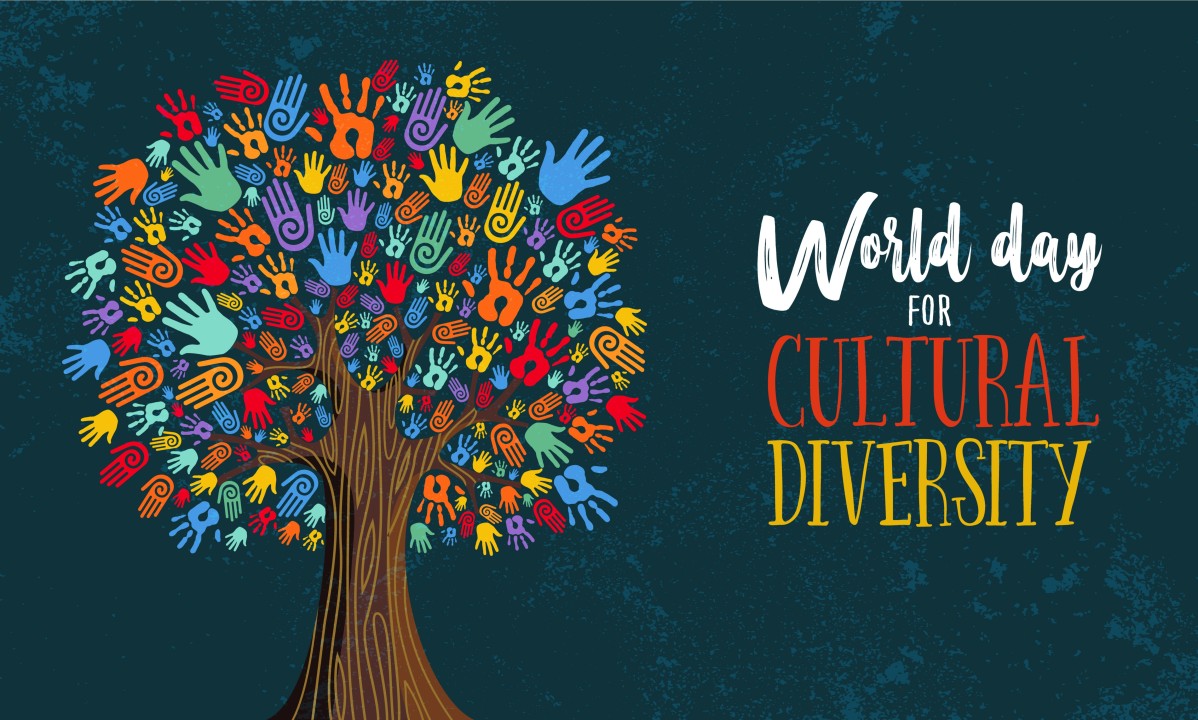Thousand-word Opinion Editorials are a fine thing to pen, and you can cover a lot of ground in this amount of verbiage. Normally, local rags limit letters to the editor to 300 words, and alas, in this sound bite sort of scrolling-on-the-screen culture, going over a 500-words limit is the kiss of death — you lose your reader.
But there is a method and mad dash of hope in this formula of once-a-month tributes to hard work, that is, highlighting the hard work of “heroes” in this hard land of penury and disaster and predatory (retaliatory) capitalism.
Today’s piece in my local rag (5/21) is emblematic of my own proof that we can fight the surge of shallow thinking and even shallower writing.
Here, just heading home from assisting at the 60+ Center (senior adult center), I caught this show, on the radio station where I broadcast my own Wednesday show, Finding Fringe. 6 PM, PST, streaming live on kyaq.org.
Hard work of reporting: Thirsting for Justice: East Orosi’s Struggle for Clean Drinking Water (Encore)

East Orosi hasn’t had safe drinking water in over 20 years. The water is full of nitrates, runoff from industrial agriculture, which is harmful to human health. The community has taken action to find a solution, from lobbying at the state capital to working with neighboring towns.
And they may finally have one. New California laws, passed in the last five years, have opened up funding to build water infrastructure in small towns like East Orosi. But even as laws and funding develop, implementation has been challenging.
We visit East Orosi and talk to Berta Diaz Ochoa about what it’s like living without clean drinking water and the solutions on the horizon in part one of a two part series. — Listen.
Learn More:
So, imagine, a sound bite around the issues of field workers pulling up crops that are destroying healthy water systems, forcing them to have to drink that toxic water or paying for bottled water to survive. Is water a human right? In California is it.

So, take ANY community, not just the fenceline ones, the communities that are in the sights of the perveyors of criminal capitalism because they are poor and probably BIPOC, and then find how infrastructure and services and even bloody retail enterprises like pharmacies or grocery stores are being gutted by Capitalism, pre-Trump/post-Trump.
You have any axes to grind? You live in a flyover state or rural community?

Here,
Stop trying to save Rural America.
Efforts to write it off as “disappearing” are complicated by the 60 million Americans who call a rural community home.
We must recognize that innovation, diversity of ideas and people, and new concepts don’t need to be imported to rural communities – they’re already there. Rural entrepreneurs and community leaders have always, by necessity, been innovative.
Rural communities have faced some harsh realities in the last generation: they’ve seen manufacturing move overseas, farming monopolized by big outfits with only 5% of rural residents working in agriculture, generational migration to bigger cities, school consolidation, and the absence of basic community resources such as health care and broadband, and, more recently, threats to the lifeline that is the U.S. Postal Service. This, and the pandemic.
Every brightly lit corporate store on the edge of town is a monument to a system that does not build community or advance a healthy entrepreneurial ecosystem.
And before the super out-of-touch elite from err, New York City call us bumkins, get over it: Don’t Blame Rural Residents for a Broken Political System
While noting the decades of gerrymandering to enhance the power of rural officials, New York magazine author Ed Kilgore concludes, “Underlying it all are real differences in outlook between different parts of the country, made more important by the distinct institutional features of a constitutional system designed to protect the interests of small, largely nonmetropolitan states.”
Sorry, Ed; the values of citizens of rural areas have as much to do with school violence and immigration resistance as do video games. In fact, Kilgore undermines his own argument by citing Ronald Brownstein’s analysis in the Atlantic of the red-blue divide. Alas, the same Ronald Brownstein reported on CNN just one week later that a prosperity gap was the source of the split between Democrats and Republicans. “Observers in both parties agree that the sense of economic displacement in recent years has intensified the long-standing movement toward the GOP among small-town and rural communities initially rooted in unease over cultural and demographic change.” It’s fair to observe that gun-loving nativists did not create the dismal economic prospects that drove them to vote for candidate Trump.
It is true that after years of civic disengagement, rural voters turned out in record numbers to elect the only coastal elitist who showed up in their communities and asked for their votes. So, Trump won and Clinton lost. Beyond that, any generalization about the impact of rural citizens on national politics is just horsepucky. Rural citizens didn’t create the electoral system that permits unlimited campaign donations to state officials who draw Congressional districts to favor entrenched wealth. In fact, rural citizens are the victims of gerrymandering as much as any disenfranchised cohort that ends up in a noncompetitive legislative district.
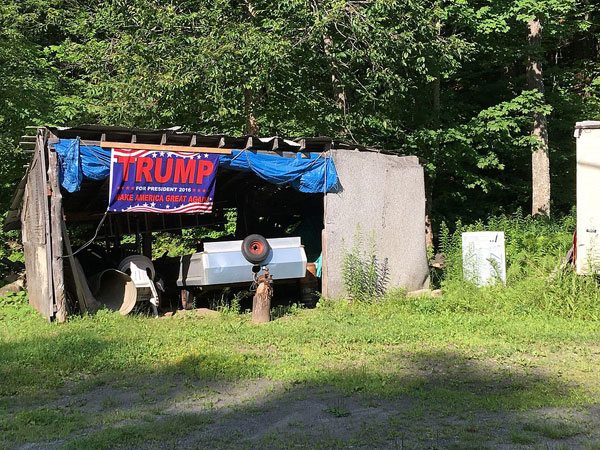
Alas, here’s the Google Gulag AI response to “all the problems in rural America”:
Rural communities face numerous interconnected challenges that can be described as “broken systems” due to a combination of historical disinvestment, geographic isolation, and economic shifts.
Here’s a breakdown of some key broken systems in rural communities:
1. Healthcare:
Limited Access: Rural areas often have a shortage of healthcare providers, specialists, and hospitals, forcing residents to travel long distances for care.
Hospital Closures: Rural hospitals are closing at an alarming rate due to financial difficulties and staffing shortages, further limiting access to care.
Lack of Services: Rural areas may lack crucial services like mental health care, substance abuse treatment, and specialized medical care.
2. Economic Systems:
Job Losses: Rural communities have experienced significant job losses due to the decline of manufacturing and agriculture, leading to higher unemployment and poverty rates.
Limited Opportunities: A lack of diverse industries and businesses can limit economic opportunities for residents, particularly young people.
Brain Drain: Young, educated individuals often leave rural areas for better opportunities in urban centers, further weakening the local economy.
3. Infrastructure:
Poor Broadband Access: Many rural areas lack access to reliable, high-speed internet, hindering economic development, education, and access to telehealth.
Inadequate Transportation: Limited public transportation options can isolate residents and make it difficult to access jobs, healthcare, and other essential services.
Aging Infrastructure: Rural areas may have aging infrastructure, including roads, bridges, and water systems, which require significant investment to repair and upgrade.
4. Education:
School Consolidation: Rural schools have been consolidated, leading to longer commutes for students and the loss of local schools as community anchors.
Funding Challenges: Rural schools often face funding challenges, which can impact the quality of education and available resources.
Teacher Shortages: Rural schools may have difficulty attracting and retaining qualified teachers, impacting student outcomes.
5. Social Systems:
Social Isolation: Geographic isolation and limited social opportunities can contribute to social isolation and mental health challenges for residents.
Lack of Community Resources: Rural areas may lack access to essential community resources such as libraries, childcare facilities, and recreational opportunities.
It’s important to note: These “broken systems” are interconnected and often exacerbate each other. The challenges faced by rural communities vary depending on location, demographics, and economic conditions.
Addressing these challenges requires a multi-faceted approach involving government, businesses, non-profit organizations, and community members.
+–+ Here is May 21st’s piece.
Identify, Diversify, and Harmonize How We Think this May
By Paul Haeder/Lincoln County (Oregon) Leader
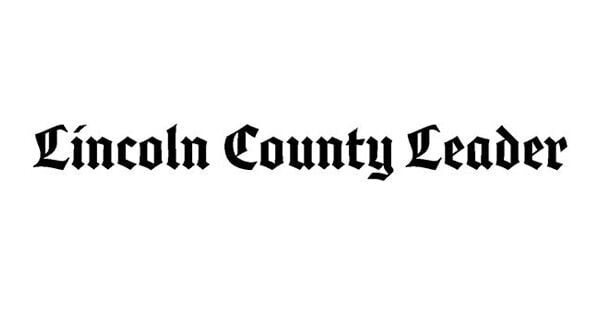 One may wonder how the heck did we get all these national and international days of celebration. It is a feature of Homo sapiens to celebrate accomplishments and honor causes and individuals who make the world, well, theoretically a better place.
One may wonder how the heck did we get all these national and international days of celebration. It is a feature of Homo sapiens to celebrate accomplishments and honor causes and individuals who make the world, well, theoretically a better place.
May is no exception, and of course, the International Workers’ Day is May 1. In this time of rampant hatred of so many professions by Trump and Company, it goes without saying that his shallow but deeply narcissistic persona just will never grasp the value of the worker.
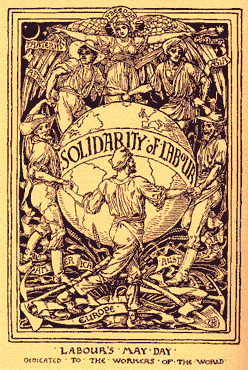
His entire raison d’être is about tearing down and imploding institutions and attacking individuals for which he deems “the enemy.”
The billionaire classless cabal sees workers as the enemy. And the goals of the International Workingmen’s Association in 1864 were clear: Shorter work hours; safer work environment; fair wages; elimination of child labor; the ability for the state to regulate labor conditions.
Ironically, I was in Ashland on International Firefighters Day, talking to two captains in the city’s two fire stations. I was told that a few years ago firefighters responded to 1,600 calls annually. Last year, Ashland’s stations went out over six thousand times.
Aging in place and lack of family and support precipitates many of the EMT calls. And a fire engine they are waiting for is still four years out, to the tune of $2 million once it’s completely outfitted.

If you watch the milquetoast mainstream media, you will have recalled the Accused Sexual Predator Trump made a mockery of National Teacher Day by laughing at all the cuts to the hundreds of educational initiatives smart and reasoned individuals over decades had initiated for the betterment of society through the intellectual progress of our youth.
Another group of workers in the bulls eye of Musk, Thiel, Stephen Miller and Vance/Trump is nursing professionals. We see the almost total breakdown of nursing and doctoring in Lincoln County because of the hard reality of a for-profit health care system putting profits over patients. Add to that the lack of affordable housing, and rural counties throughout the land are suffering massive nursing and doctor shortages.

Which then brings us to National Day of Reason, where groups of people see the value in enlightened thinking. You know, valuing the separation of church and state, which for all intents and purposes under this fascist regime has been imploded into a crusade against reasoned thinkers who do not see prayer or faith as central to their lives.
Humanists and Secularists created this National Day in response to the national day of prayer.
Celebrations have taken the form of blood drives, secular events and activities, and in some cases, protests against the National Day of Prayer. Imagine Trump and Company having the wherewithal to wrap their heads around this celebration – the Secular Week of Action when people volunteer to make the world a better place.

Two not necessarily different international recognition days in May include World Day for Cultural Diversity and International Day for Biological Diversity. Did you get the memo yet that Trump-Vance are on the attack against affirmative action and ecological health.
In fact, on the biodiversity front, Trump and Company have “redefined” harm as it is applied to the Endangered Species Act. This pinhead thinking is just the tip of the iceberg of clownish but dangerous moves.
Defenders of Wildlife explains:
“Trump administration is hell-bent on destroying the ESA to further line the pockets of industry. The vast majority of imperiled wildlife listed as endangered or threatened under the ESA are there because of loss of habitat. This latest salvo to redefine ‘harm’ to eliminate protection for wildlife from habitat destruction, if successful, will further imperil threatened and endangered species. We will fight this action and continue to protect the wildlife and wild places we hold dear as a nation.”
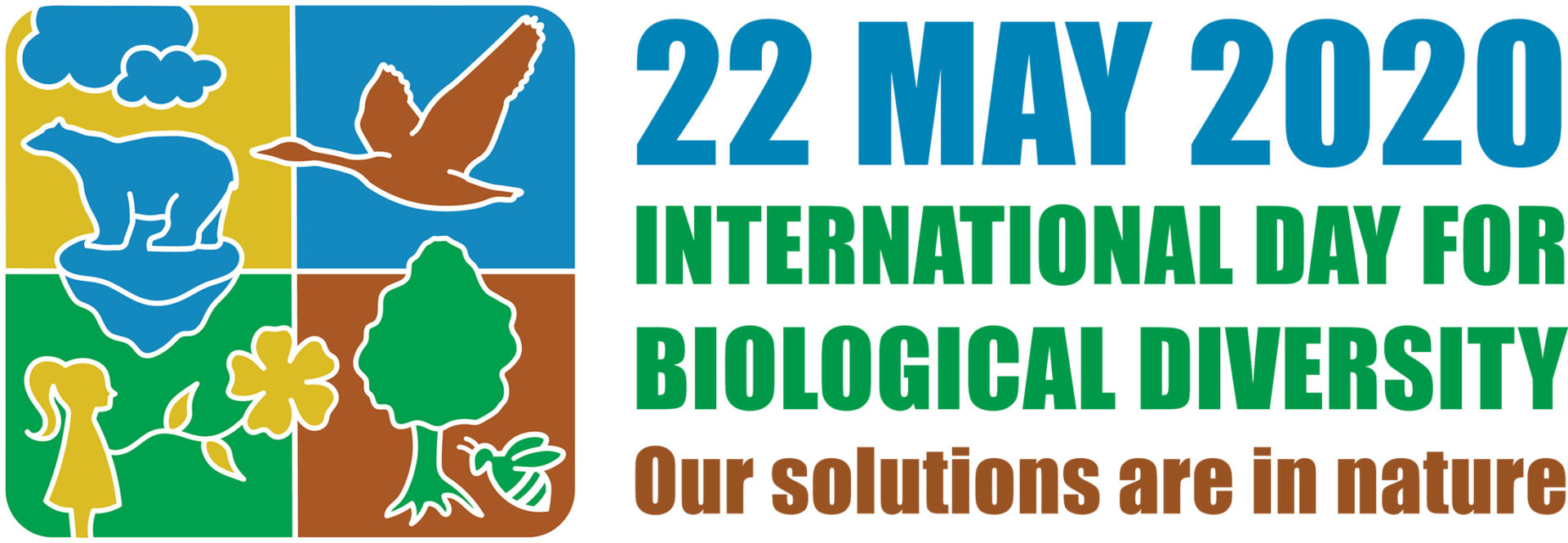
Are you seeing the pattern carried out by billionaires such as Miriam Adelson, Larry Fink and Larry Ellison? Given the fact half of American cities are under air advisories, we have International Asthma Day to lend pause to how destructive these executive actions have been and will continue to be decades from now.
‘Harm’ is what unchecked air pollution in many forms continues to do to young and old. Harmful air advisories come in daily, and the fear is that Trump will just ban the notifications as a way to say, “See, I have cleaned up the air since there are no more warnings.”
Maybe we can pray the polluted air away.
The backers of Trump’s ideal America will see our “secular humanist” society based on science and reason destroyed. The Ten Commandments will form the basis of the legal system.
Finally, we have World Press Freedom Day. If you have any deep regard for the so-called Fourth Estate, then shivers should be running up your spine under this anti-journalist regime.
Mickey Huff of Project Censored states press freedom succinctly:
“We have to remember that it’s the independent media that is often the grassroots voice of the people. It is often the independent press that is operating on ethical standards and principles, and it is the independent press that is reporting in the public interest, not the corporate media.”
Diversify your news media diets. Find independent outlets, and for journalists, we need to reform the media and create better avenues for news reporting, including better accuracy and what we call “solutions journalism,” which creates truly constructive dialogue in our communities.

*****
Footnote: And not one mention of the genocide in Gaza, the trillions stolen from Arab nations’ populations, the trillions stolen from citizens of Canada, EU, USA, for the starvation and immolation and rape of a people.
There are no other topics to write about with the same amount of importance that Palestine conveys, from every aspect of War Terror of the Capitalists of both Jewish and Goyim descent.

This content originally appeared on Dissident Voice and was authored by Paul Haeder.
